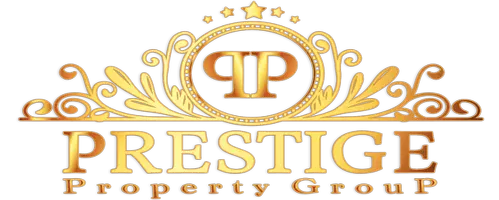Federal Government Shutdown Reopening Eases Housing Strain
The federal government shutdown has officially ended. As federal workers and agencies begin to work through backlogs, we’ll see a smaller affect on home sales in November than in October.
One important note amid reopening, is that the current deal is only temporary for most agencies. This means that new agreements must be reached by Jan. 30, 2026, to avoid another shutdown.
Fortunately, Veterans Affairs and Agriculture were among the fully funded departments, so a January funding impasse will not disrupt VA and USDA lending in the new year. This is important for housing.
Veterans Day research highlights how helpful VA lending is for current and former military service members aiming to achieve the American dream. Realtor.com® analysis found that the 0% down benefit enables homeownership more than four years sooner. Yet amazingly, more than two-thirds of veterans still don’t know about this key benefit that they’ve earned by serving their country.
Looking at the broader market, mortgage rates were roughly unchanged this week, rising just 2 basis points. We could see bigger swings ahead as investors react to government data that will eventually trickle out, but I don’t expect we’ll be fully caught up before the December Fed meeting in less than a month. As of taping, a revised release schedule has not been published.
In the weekly trends in housing data, inventory continued to grow, extending beyond a two-year stretch, even as the growth rate moderated further. New listing activity has seesawed recently, making it harder to gauge seller interest. Buyers in the market can celebrate softer prices relative to a year ago.
Despite softer asking prices, the lack of housing affordability remains a chief concern at the very highest level. This week saw two proposed solutions: a 50-year mortgage and mortgage portability, as the president and his administration are obviously exploring ways to bring the cost of housing within reach.
At a high level, the 50-year mortgage lowers monthly payments for homebuyers, bringing down the cost of buying, but this choice has trade-offs. Buyers would take longer to accrue significant equity, pay more in interest over the life of the loan, and a 50-year mortgage would likely have a higher rate, mitigating some of the monthly savings relative to a 30-year loan.
Mortgage portability is designed to mitigate the mortgage rate lock-in we’re seeing among many homeowners who may not want to trade their 3% mortgage rate for today’s 6+% rate.
Instead of getting a new loan when you sell and buy a new home, as happens today, with a portable mortgage you just take your existing mortgage (and low rate!) with you. Research shows that the lock-in effect hampers mobility and home sales, but it’s far from the only thing holding back movers.
So it could help somewhat, but is it feasible? Mortgage portability would require significant changes to the mortgage securities pipeline—the process by which investors funnel money to homebuyers via lenders—and widely renegotiating contracts may not be possible for the group most likely to benefit from portability: today’s locked-in homeowners.
A better approach to this challenge would be making it easier to build homes in the areas where people want to live.
To wrap up on a lighter note, Realtor.com studied listing descriptions to find the hottest home trends in 2025. Efficient, resilient, and self-sustaining features were among the fastest growing this year.
In addition to good design, today’s sellers are marketing a home’s ability to help an owner save water, use less energy, or generate power, helping buyers have confidence that they’re making a good choice for the planet and their pocketbook.
Categories
Recent Posts










GET MORE INFORMATION

